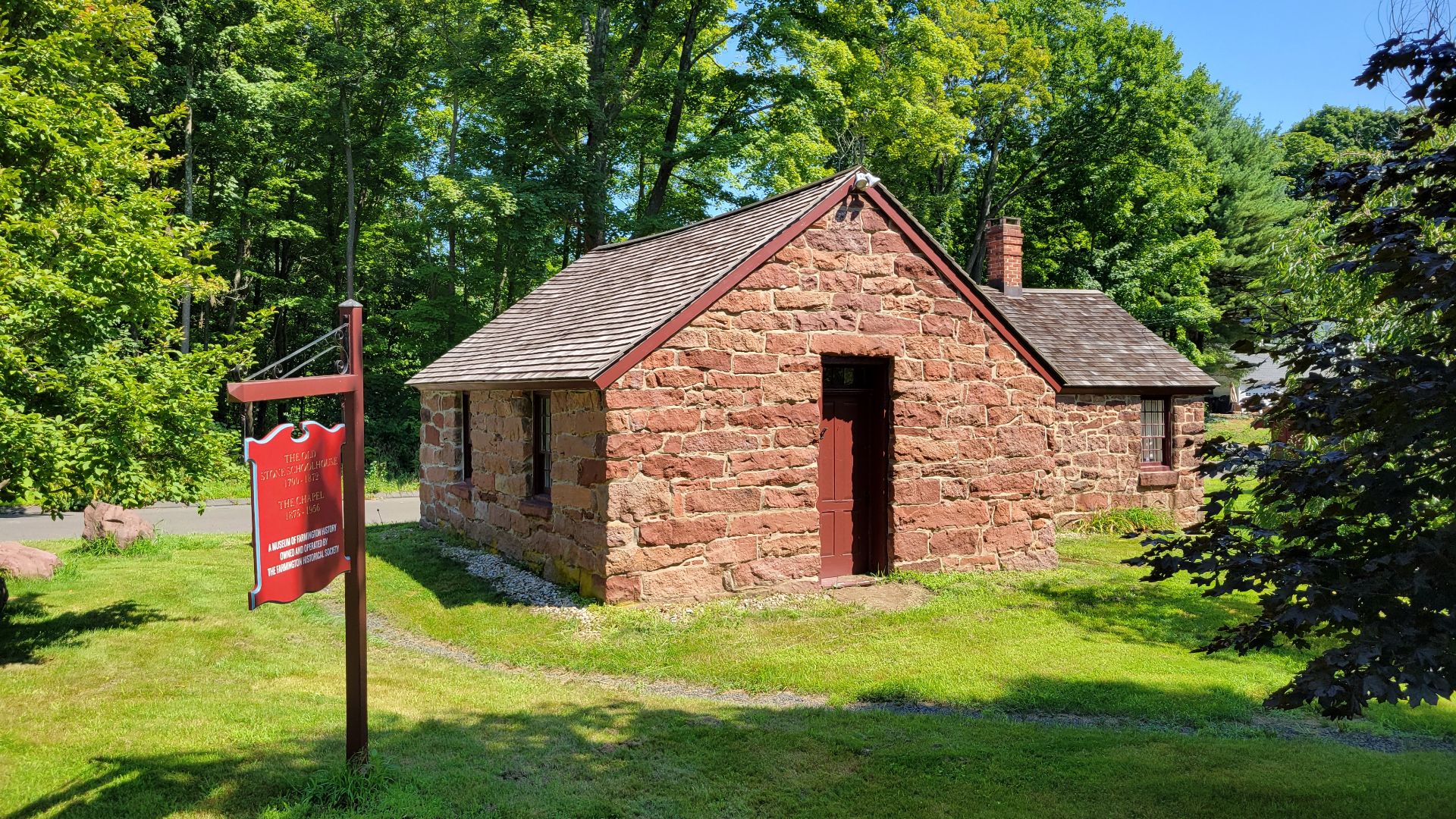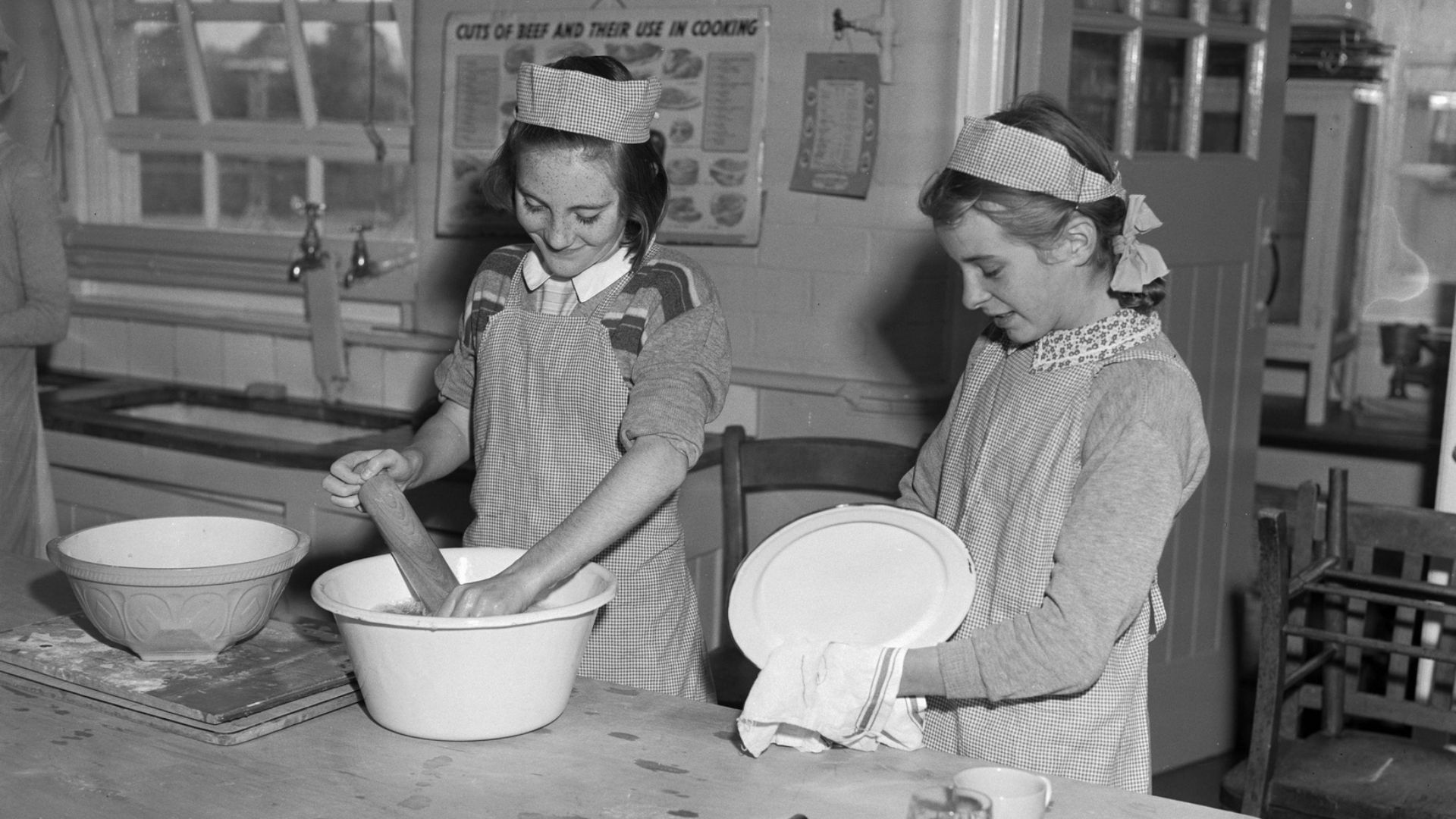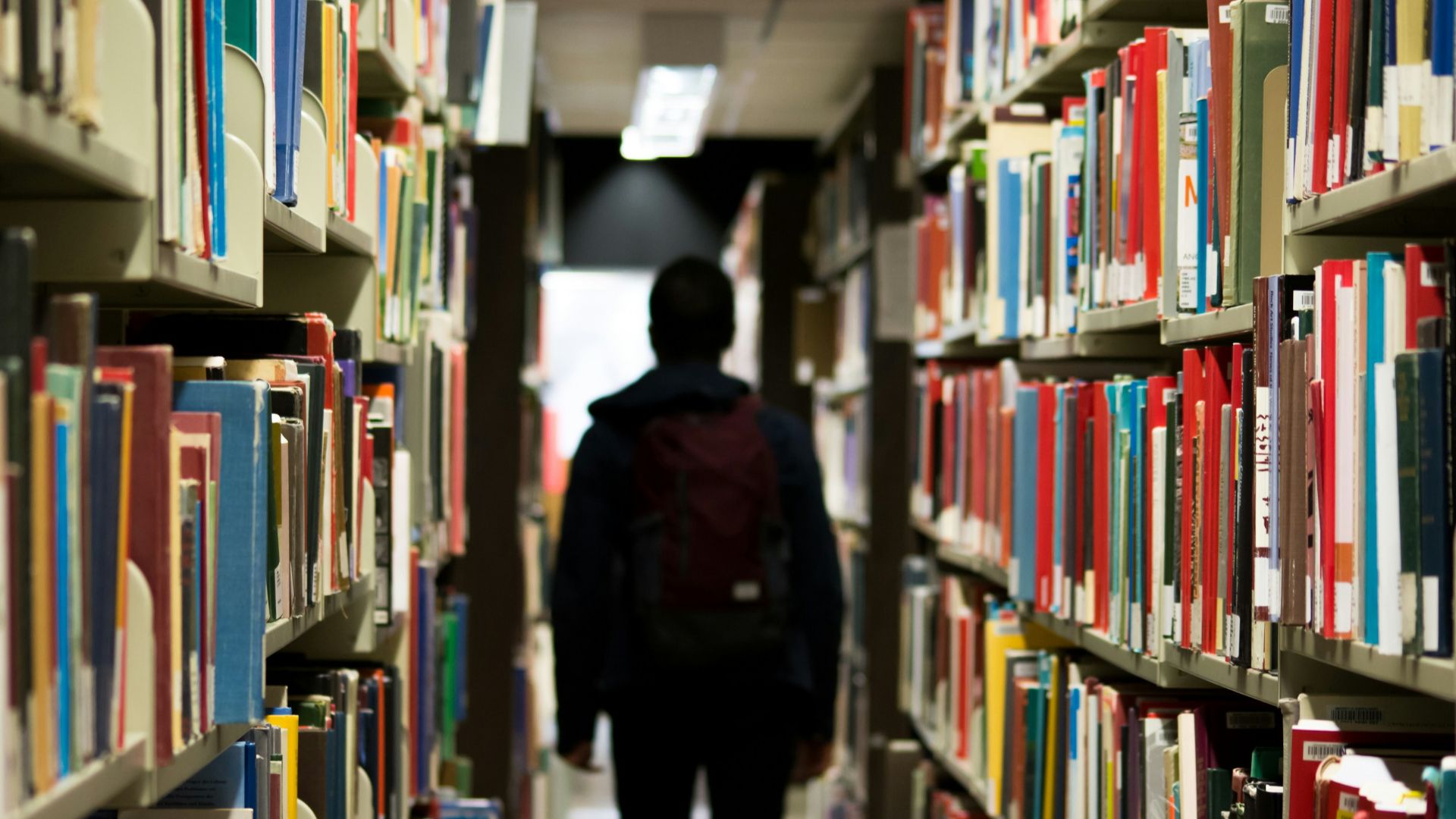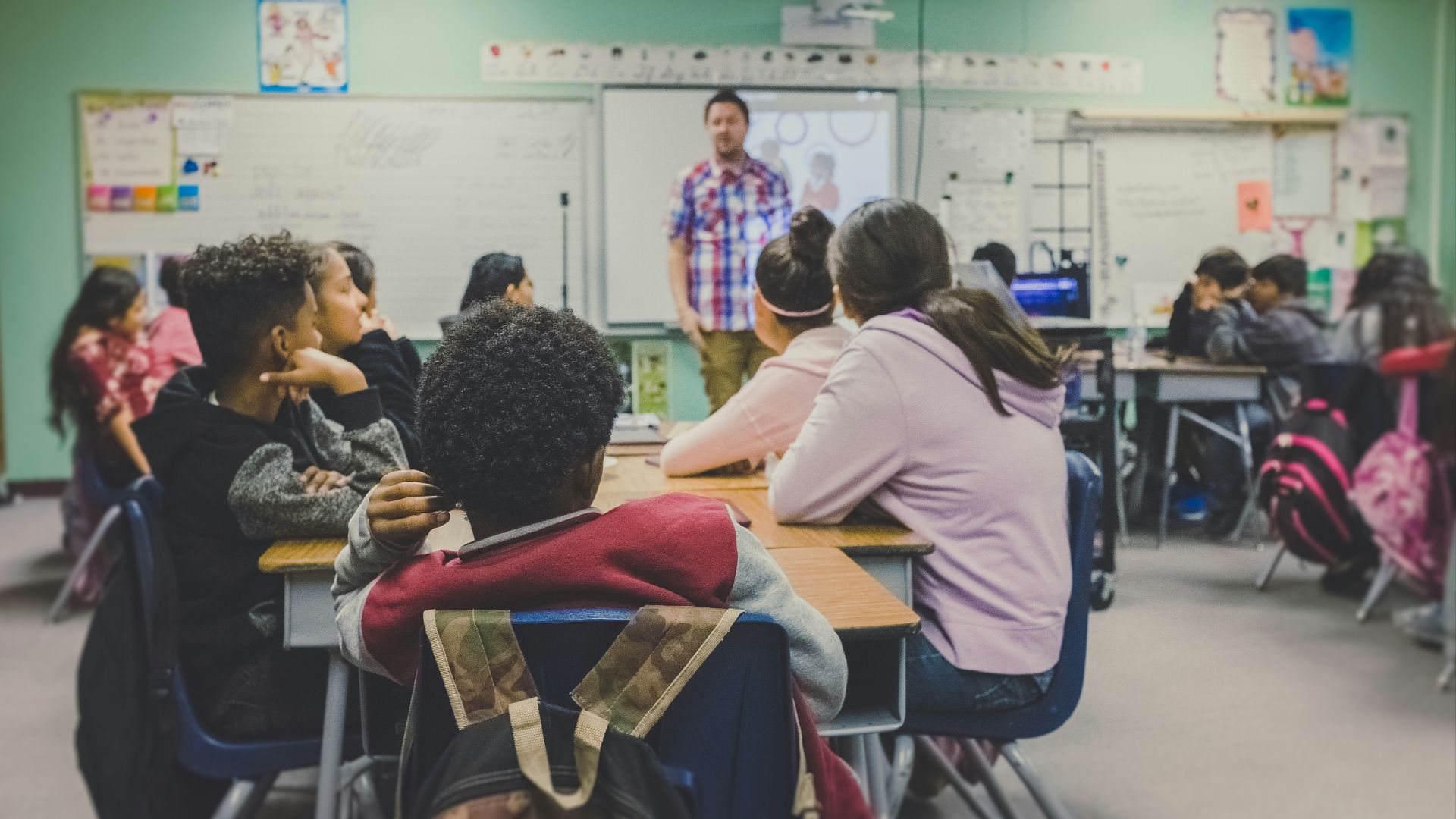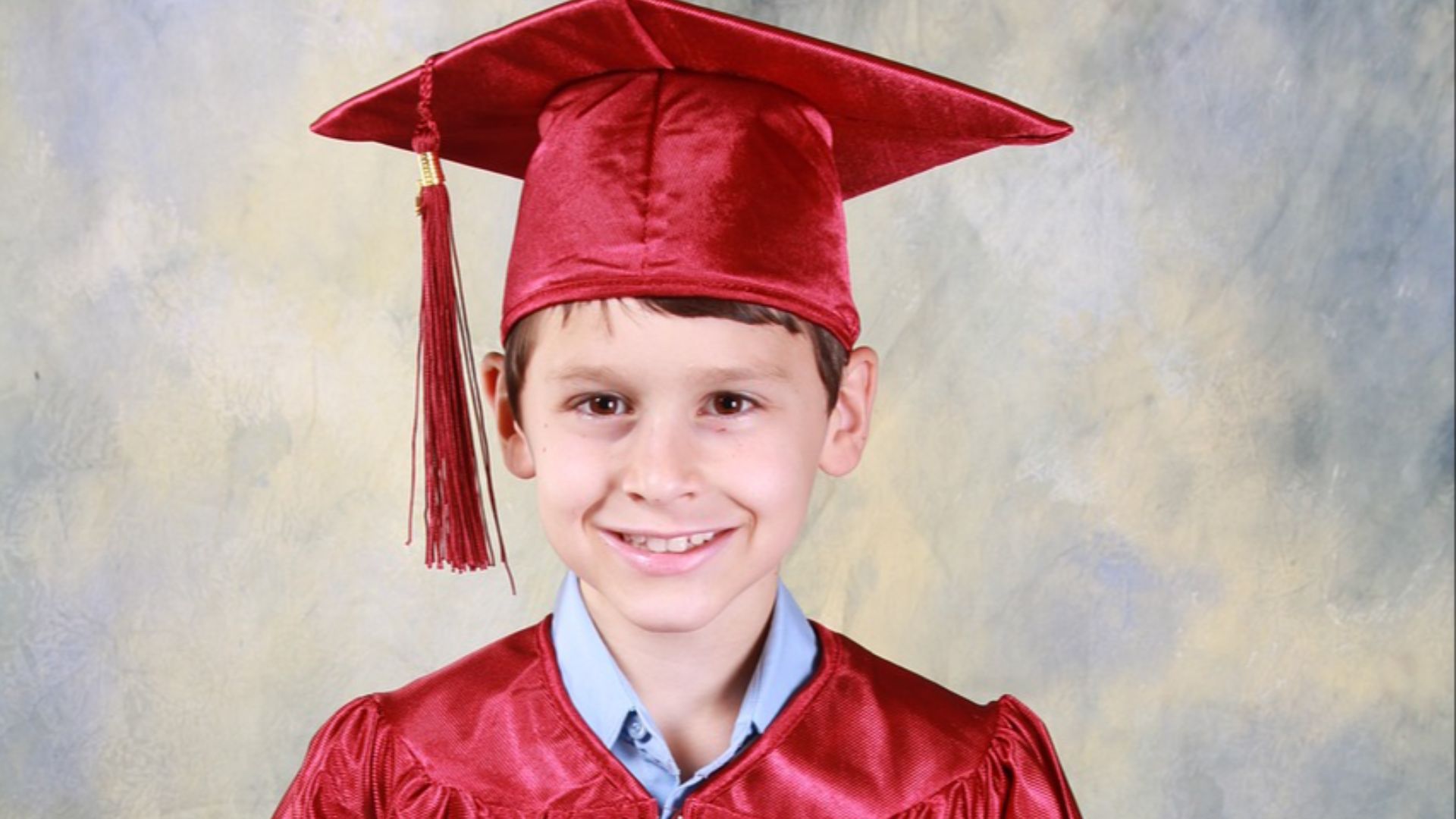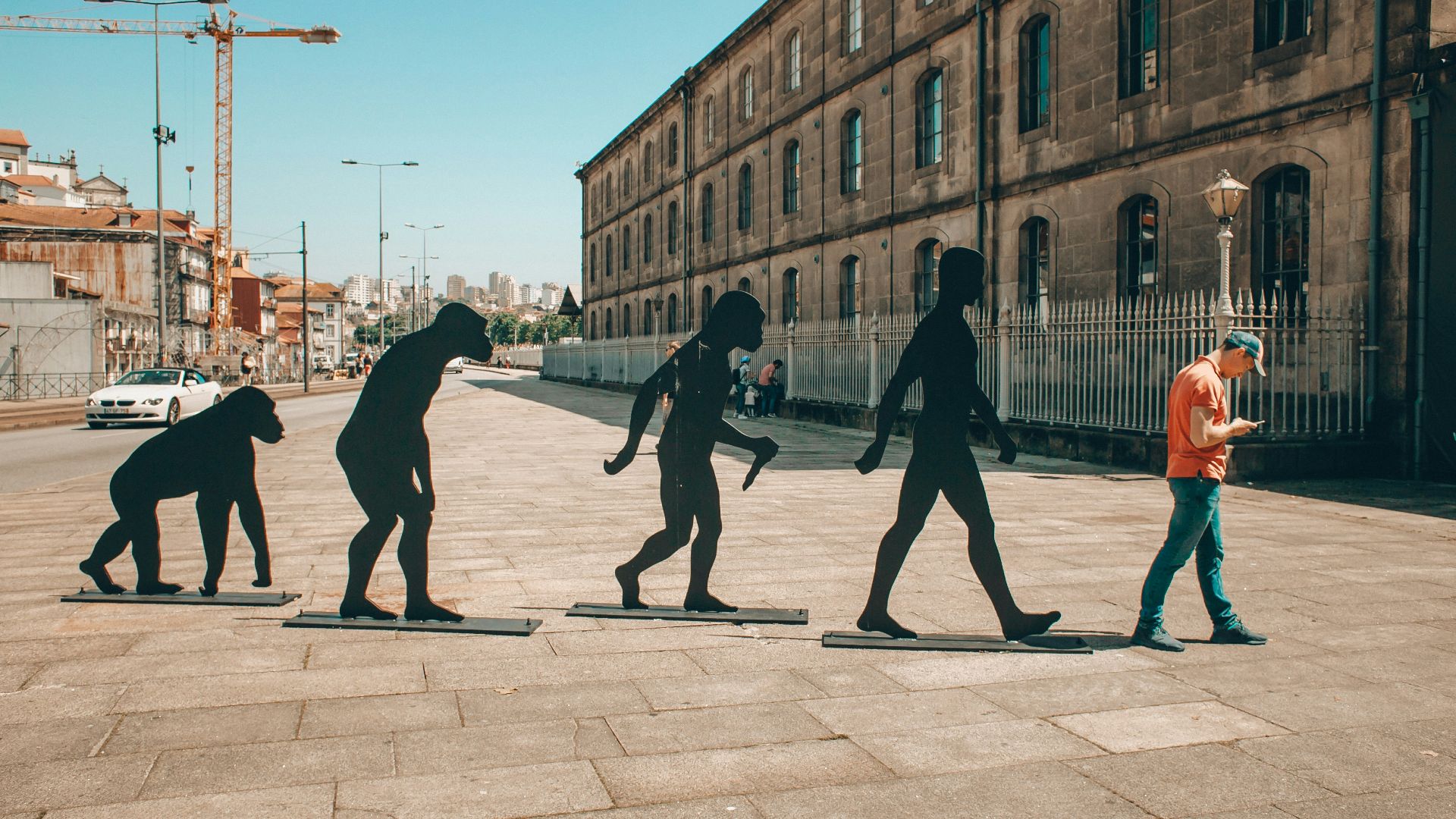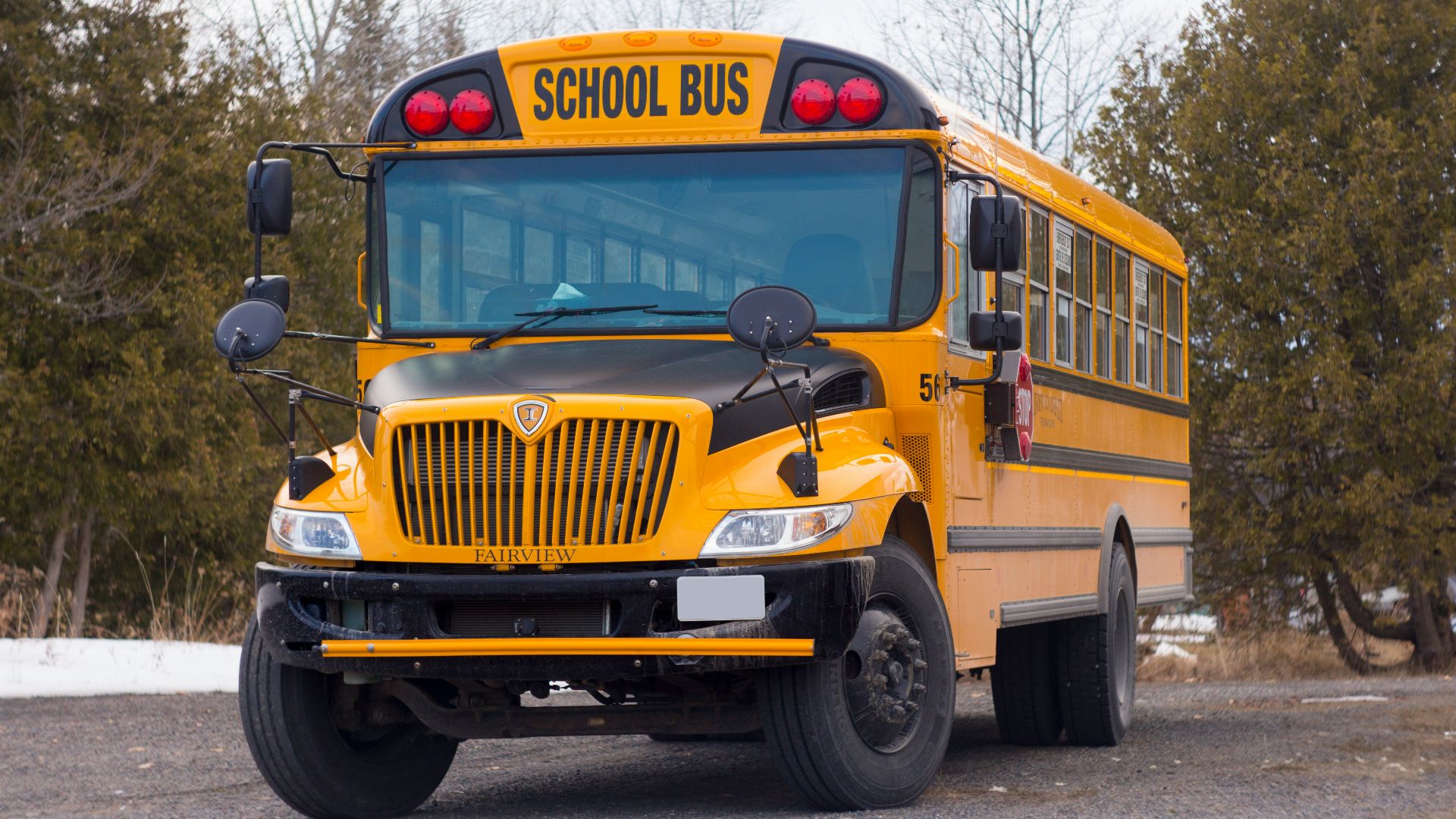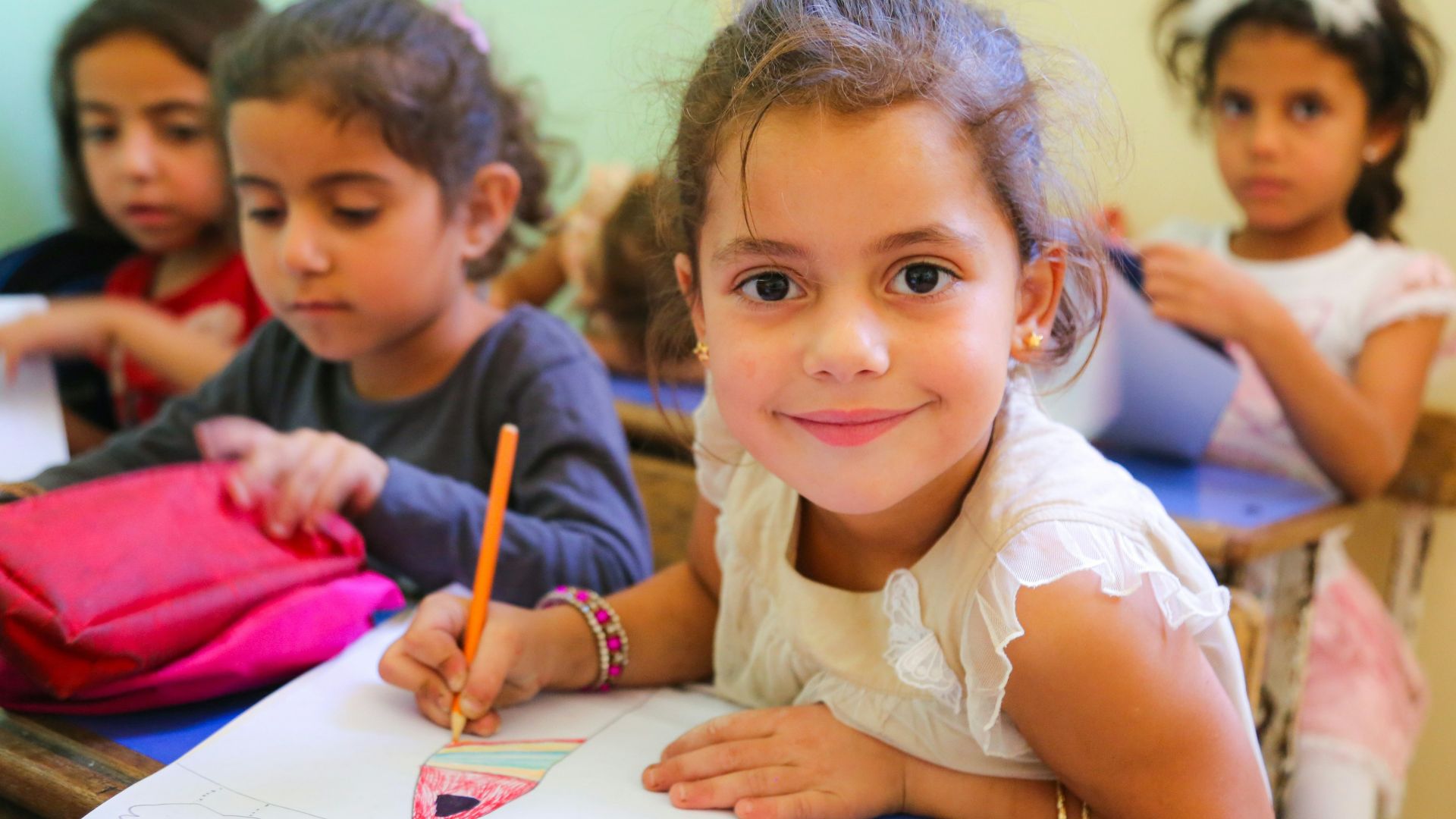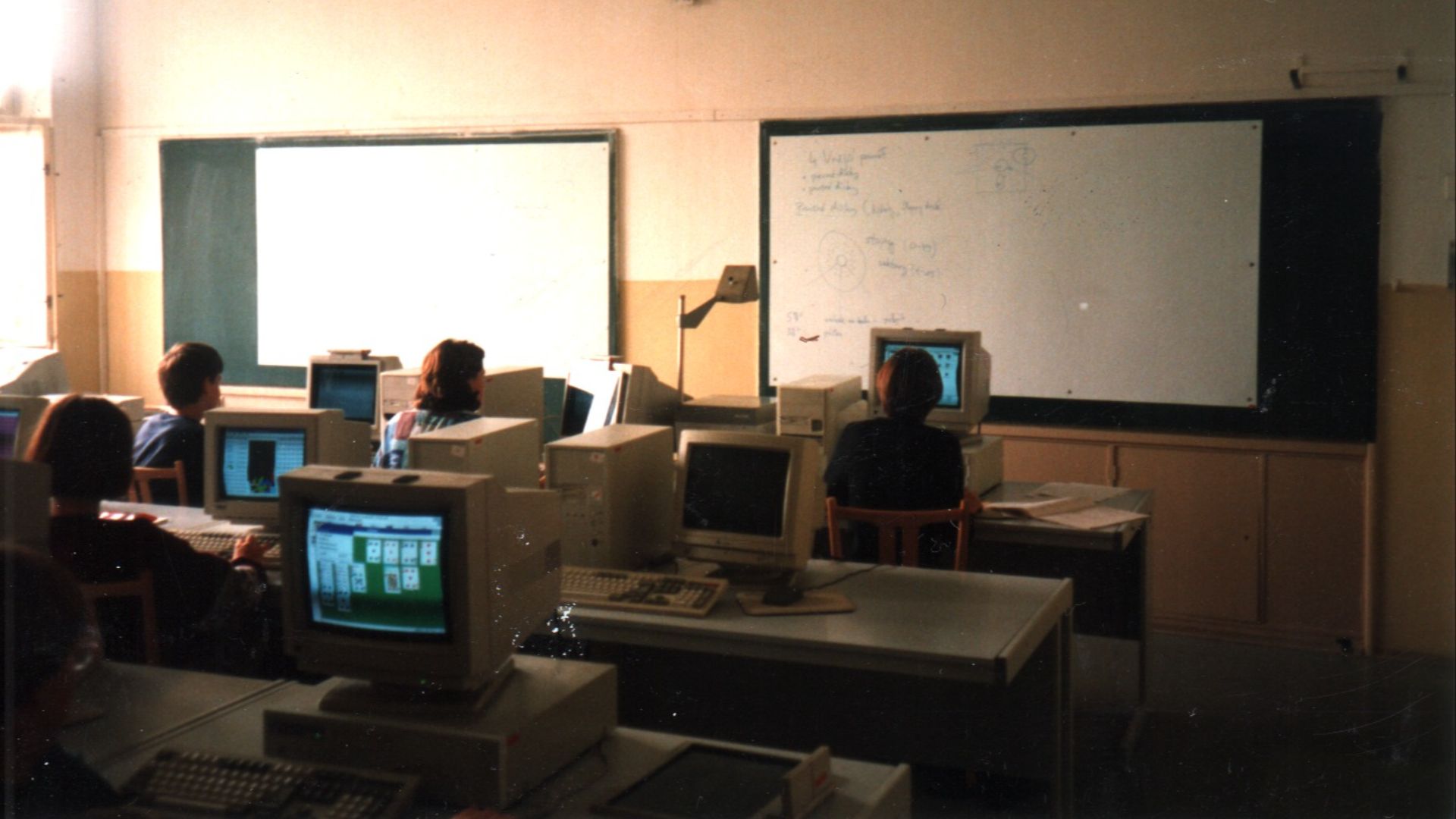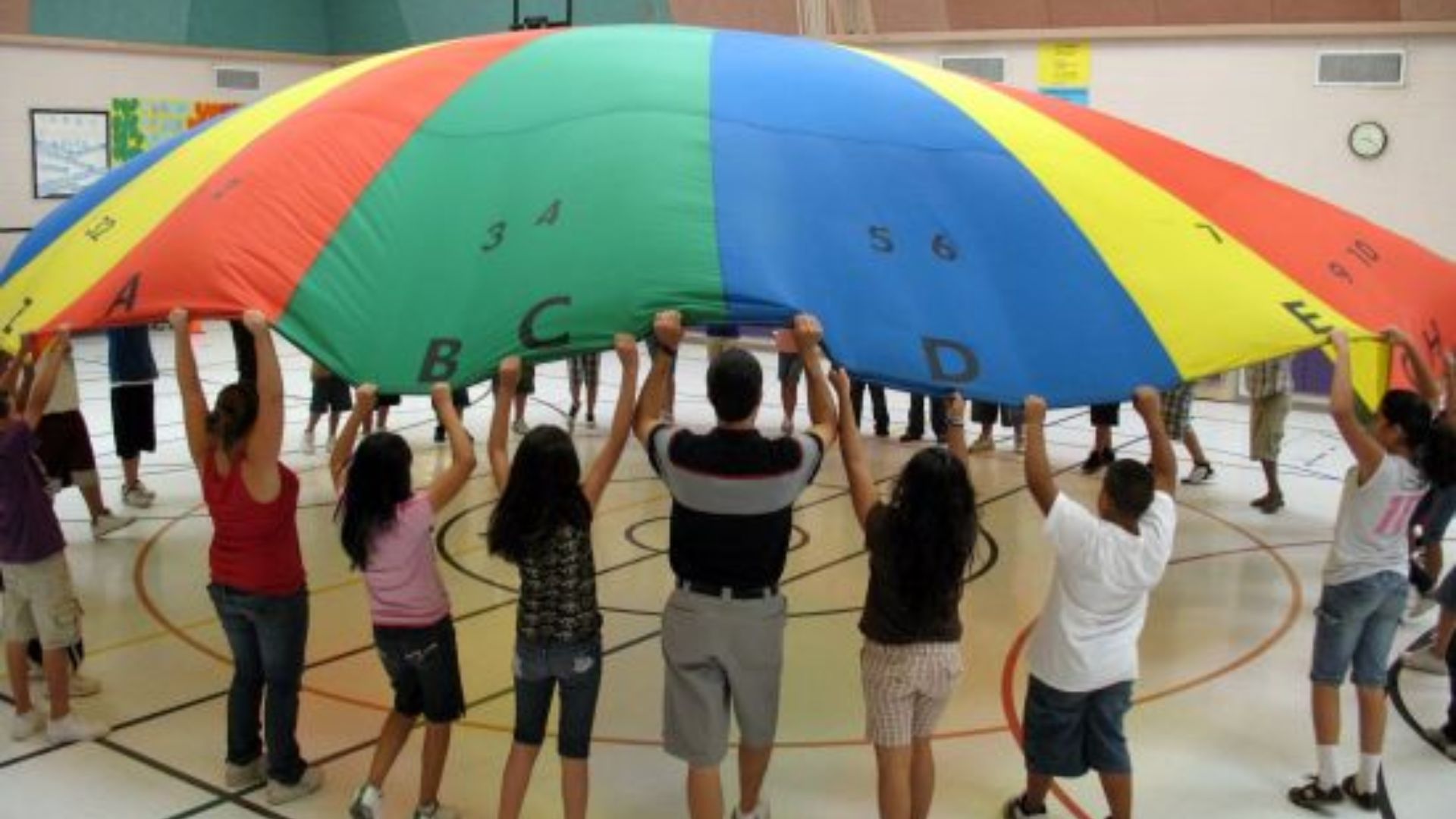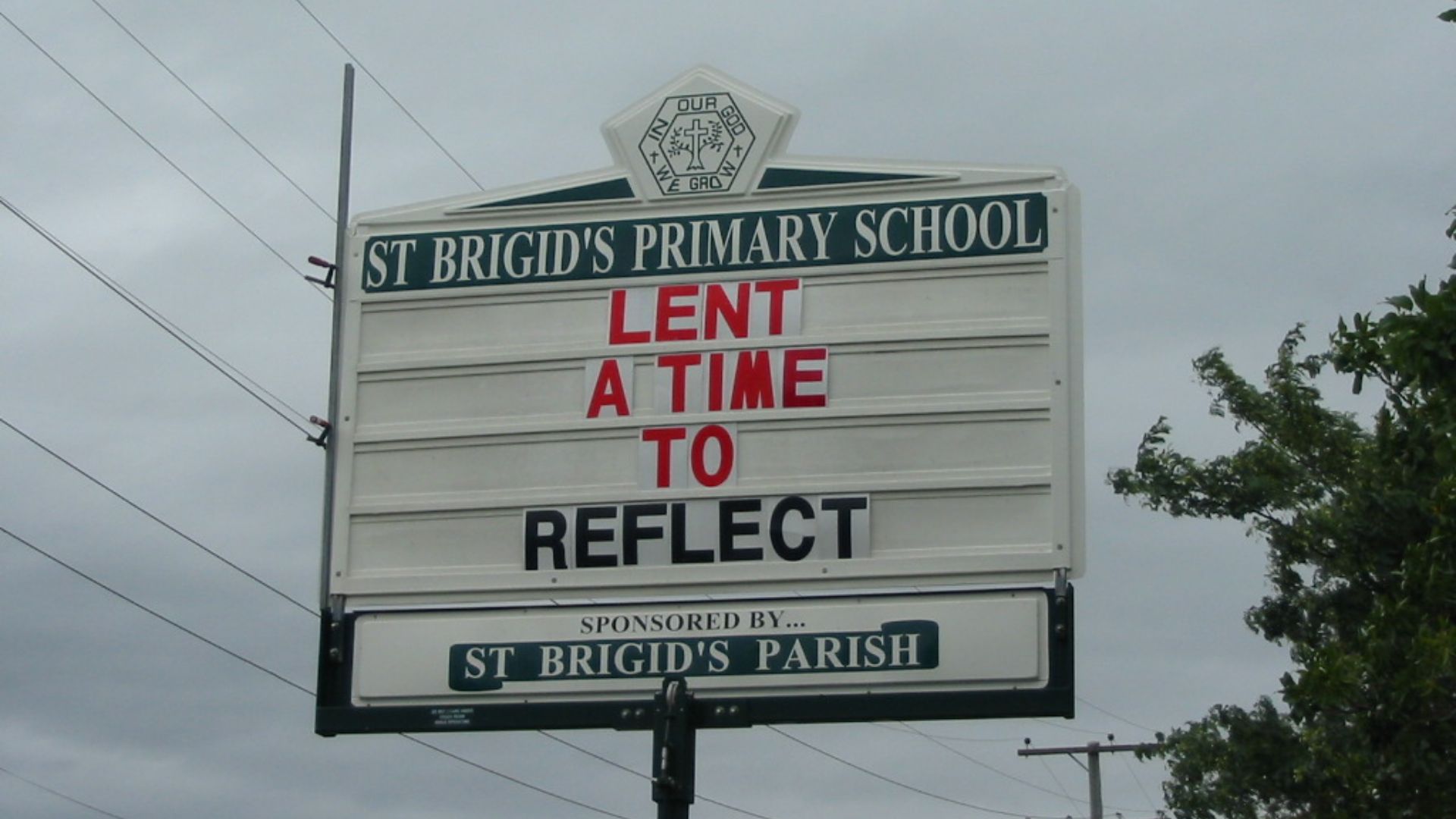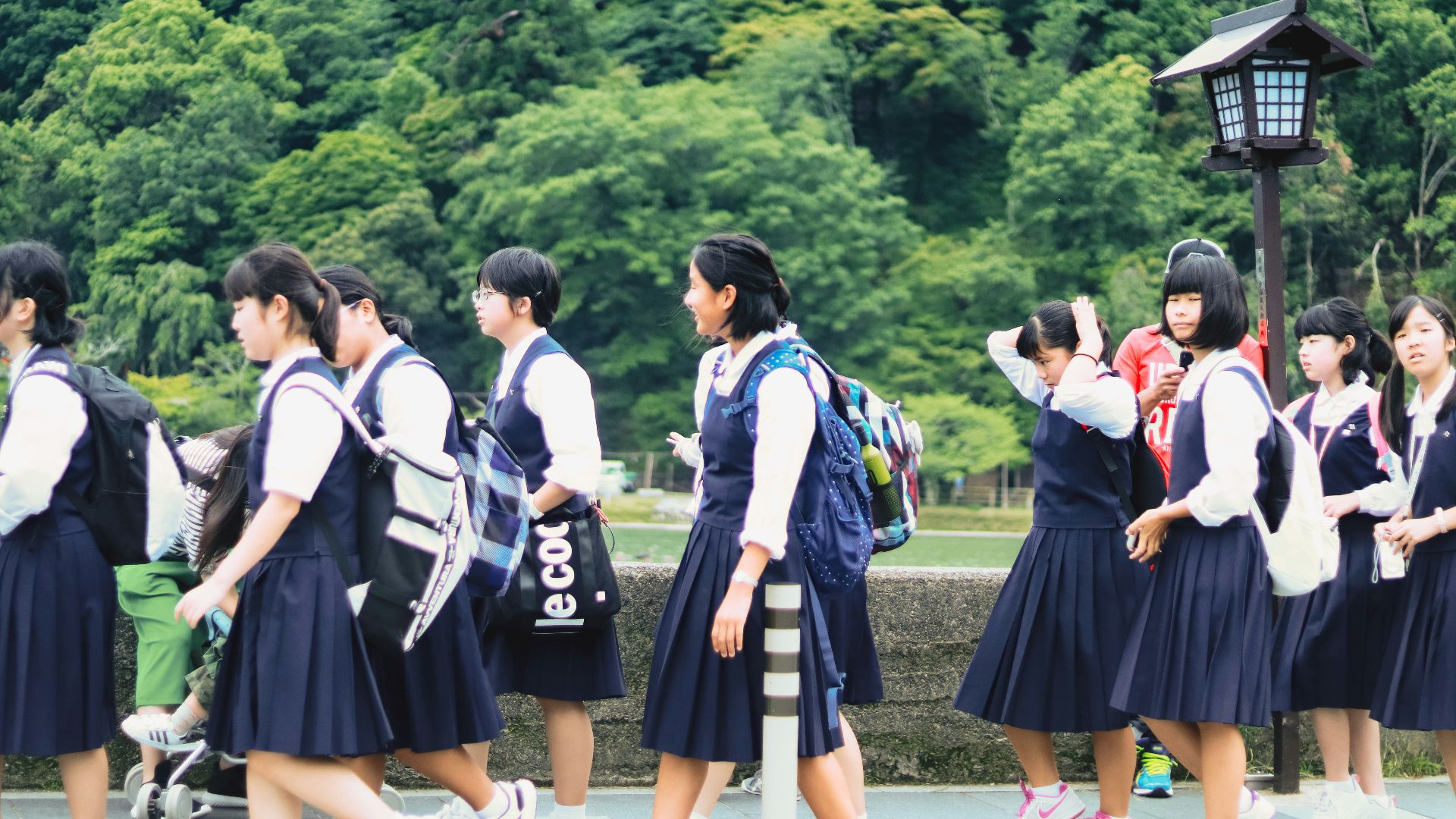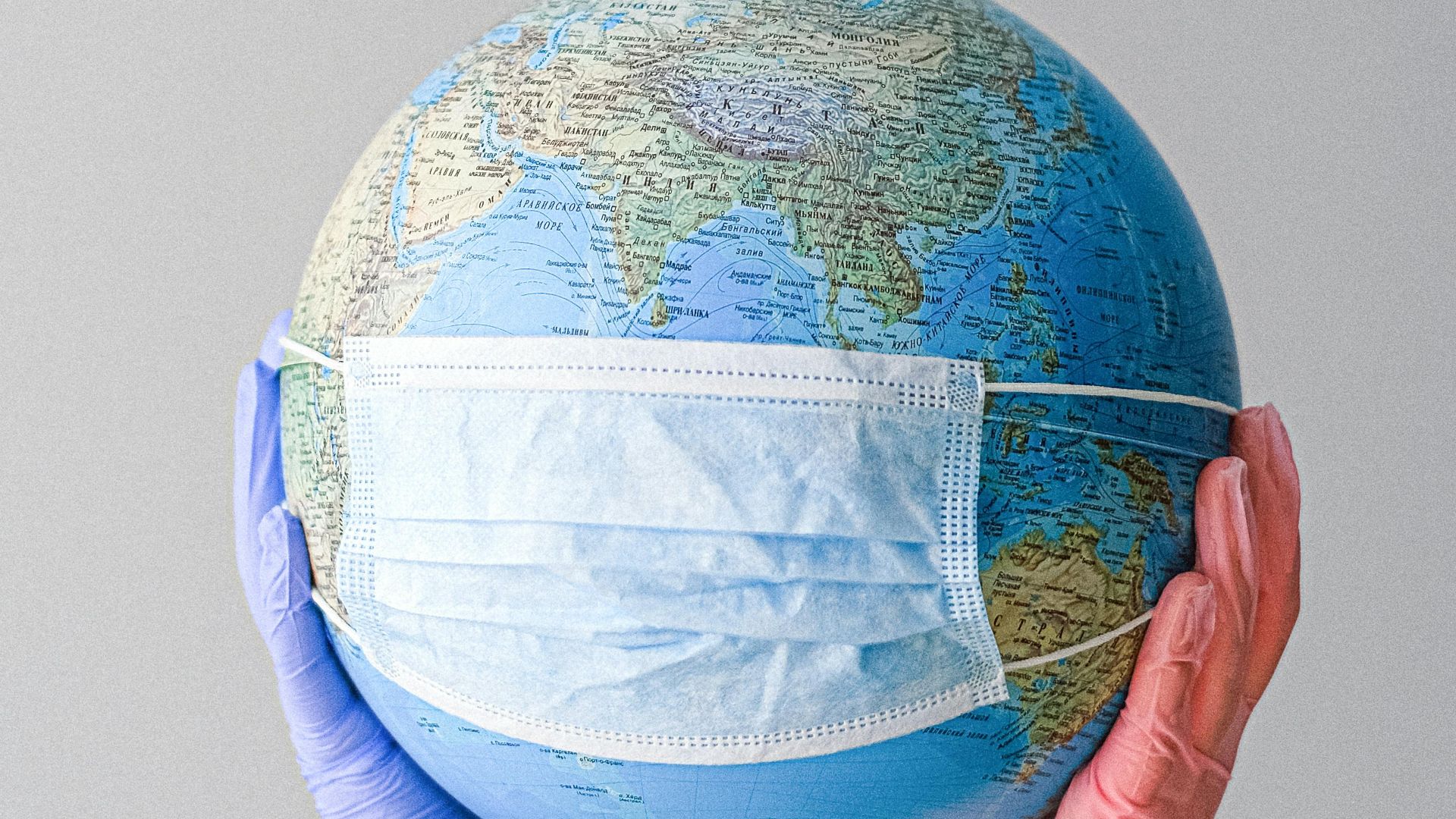Don't Misbehave, Or You'll Get The Strap!
Can you imagine you're a teenager sharing a classroom with your 5-year-old brother? That's how it was back in the day; your teacher taught all ages in a single-room schoolhouse, and education was biased. From the curriculum to the yellow school bus, here's what has changed since the 1900s:
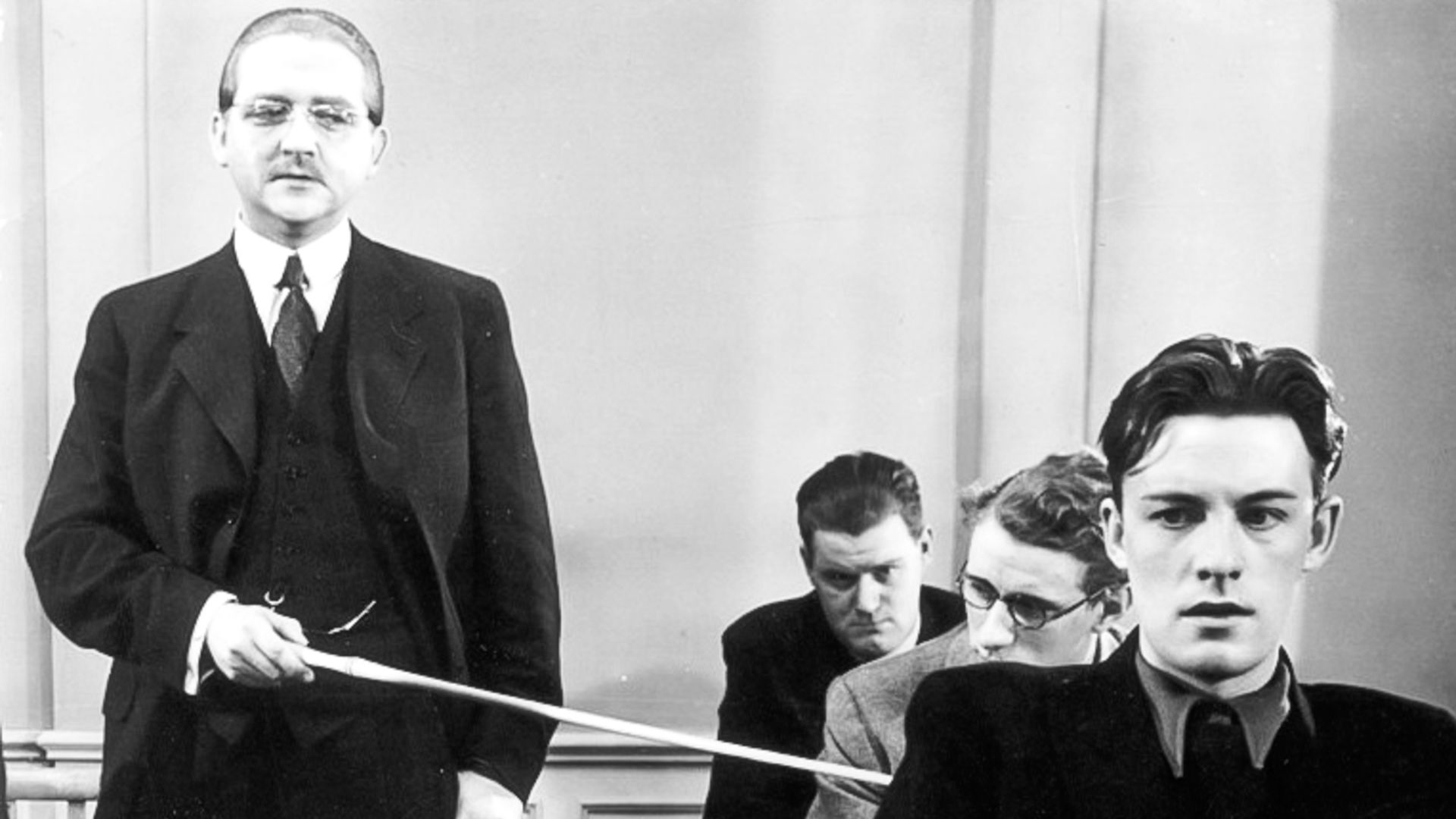 Unknown authorUnknown author on Wikimedia
Unknown authorUnknown author on Wikimedia
1. Physical Punishment
Discipline may have eased since 100 years ago but corporal punishment wasn't officially banned until the 90s. School was very strict and if a child disobeyed, teachers often punished them in front of their classmates with paddle spanking or slapping their wrists with a leather strap. Nowadays, if a teacher even pretended to slap a student, they'd be fired on the spot.
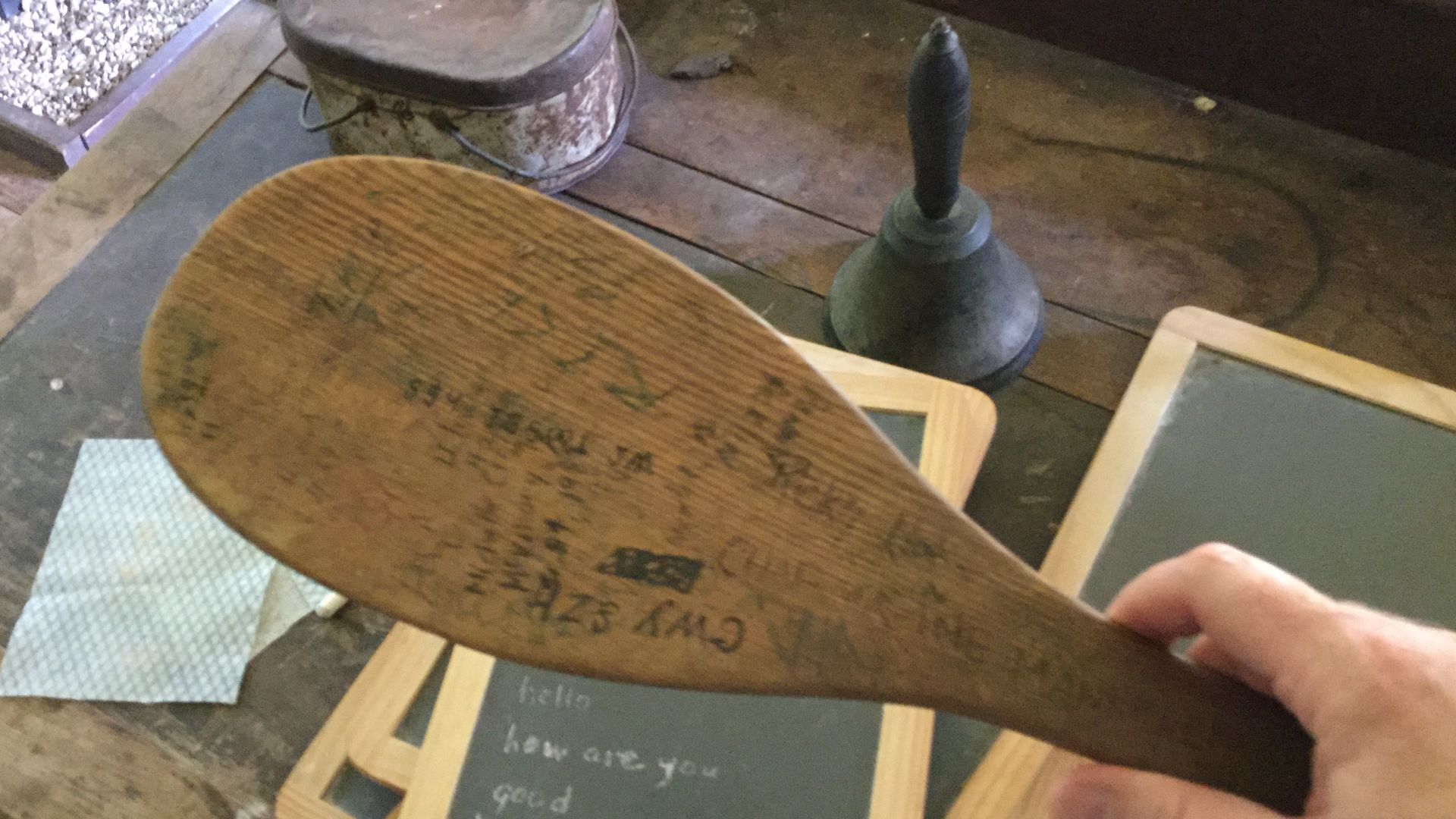 Wesley Fryer from Oklahoma City, Oklahoma, USA on Wikimedia
Wesley Fryer from Oklahoma City, Oklahoma, USA on Wikimedia
2. Single Room Schoolhouses
In the early 1900s, a 3-year-old's desk might've been beside a 12-year-old's. Especially in rural areas, classes typically consisted of one teacher teaching multiple grades in a single-room schoolhouse. A century later, you get lost in a high school because they're so big.
3. Status For Access
Since the birth of the education system until the 50s, there has been limited access. School education was only given to kids based on their race, gender, and social status. When access broadened, Black American students were segregated from white students. Today, from kindergarten to grade 12, your status doesn't define whether you can enter school or not.
4. Girls Vs. Boys
Boys don't sew! Early years of education gave different classes to girls and boys, whether you went to a mixed-gender school or not. A prime example is the How to be a Good Wife textbook taught to girls in the 1950s in home economics class. Fortunately, that book has been tossed aside and all classes are mixed in public schools now.
5. Teachers Wore Many Hats
They probably did wear nice hats, but what we're referring to here are their roles and duties. 100 years ago, your teacher was also a community leader and the town's counselor, and never went to teacher's college. Some teachers might have side hustles now, but it's not expected.
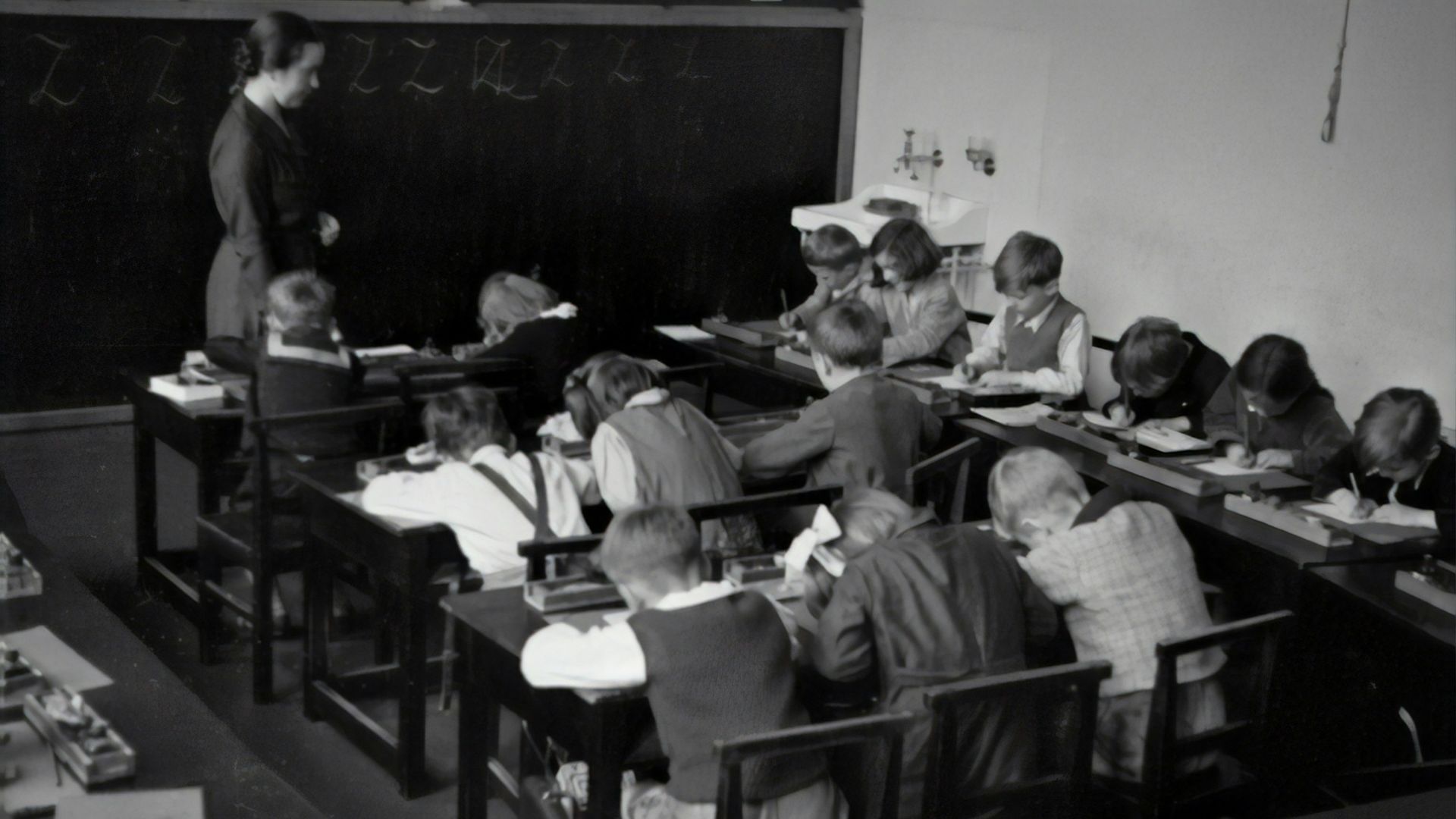 Austrian National Library on Unsplash
Austrian National Library on Unsplash
6. Educational Resources
If you lived in a rural area a century ago, your education was very location biased. Books and equipment were scarce and experience of the world outside of the community was rare. The massive libraries in many schools now would blow those students away.
7. Curriculum
Back in the day, education only covered the basics. You might've attended math, reading, and history classes but not much more than that. In 2025, high schools offer an incredible variety of classes, from cosmetology to advanced calculus.
8. Mandatory Education
Up until 1917, education wasn't strongly enforced. Poor families sometimes sent their kids to work in the mines instead of school. Allegedly, Mississippi was the last state to pass the mandatory education law which is still in place today.
9. The Evolution Debate
There was a trial in 1925 that accused a teacher of breaking the law teaching a forbidden topic. Mr. John Scopes was teaching evolution in his class instead of teaching the creationist view and he was in trouble for it. Although the topic is still debatable in some places, evolution is described in the science curriculum.
10. The School Bus
Before the 30s, students walked, took a public bus, or were driven to school in the family car. The Great Depression lead to the closure of public transportation and many students were unable to travel to school. The free yellow school bus came on the scene because of this unfortunate time.
11. The Launch of Sputnik
In 1958, the Soviet Union's earth-orbiting satellite caused the concern that Russia was more advanced than the United States. The National Defense Education Act took place which gave funding to schools to improve their standards in the STEM fields. You can thank Sputnik for a boost in science class!
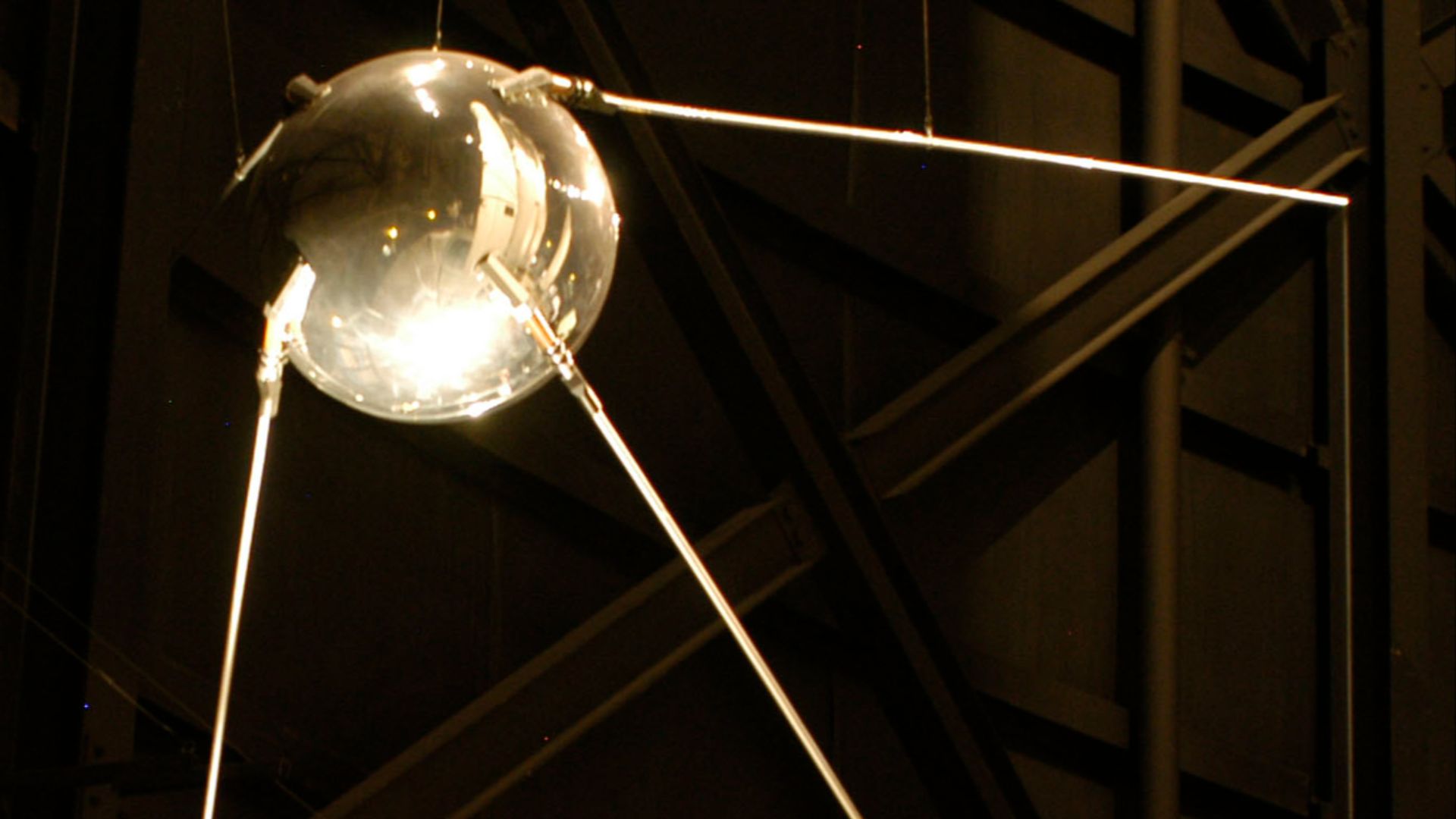 U.S. Air Force photo on Wikimedia
U.S. Air Force photo on Wikimedia
12. Education for Girls
Some schools in America were sexist until the 70s. A law was passed in 1972 that prohibited discrimination against females, allowing students of all sexes into federal schools. This law lead towards the equal opportunities in school for girls we see today.
13. Standardized Testing
Standards for education varied across the country until a new law was placed in the early 2000s. The act enforced federal requirements, forcing teachers to obey the standards in their lessons and introduce standardized testing. It's still a controversial topic today, but exams and tests are typical to pass a grade.
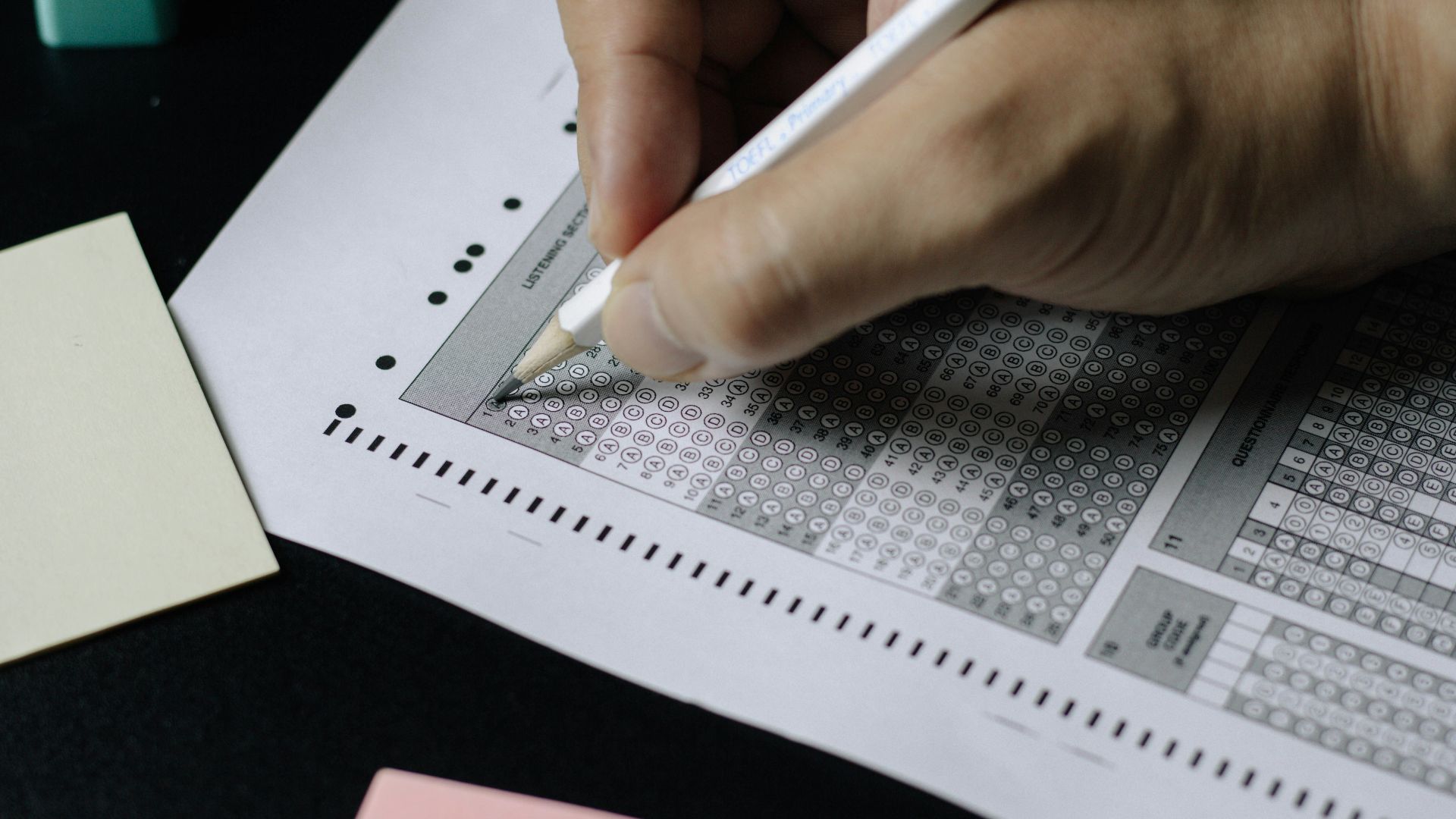 Nguyen Dang Hoang Nhu on Unsplash
Nguyen Dang Hoang Nhu on Unsplash
14. Computers in the Classroom
It's hard to believe you once only had a paper and pencil to learn. The first normalized appearance of computers in schools was in the early 80s. These large machines were sparse with only a few bytes of memory. Now, it's common to see a digital tablet at every desk.
15. Gym Class
Supposedly, physical education was introduced to schools in the 1820s but it wasn't common everywhere. Gym class wasn't recognized as important as math and was only popularized in the school curriculum in the 50s. PE has come a long way and the importance of exercise is now strongly enforced.
16. Religion
Back in the day, if your teacher was religious, as most people were, students were taught about faith in the classroom. It was common practice to learn about Christianity in most American schools. Unless you attend a school run by a church, religion is now a course subject you can take but isn't mandatory.
17. Uniforms
You might've though uniforms were old-fashioned but most schools in America didn't have matching uniforms a century ago. Uniforms were introduced in 80s to help prevent gang activity. Not many public schools have uniforms nowadays but private and religious schools do.
18. Health Class
If a 1900s teacher was caught putting a rubber on a banana, no parent would send their child back to school. Health class either didn't exist or "mature" subjects weren't talked about. Health class has come a long way, educating kids about the reproductive system and STDs, but the subject is still controversial in America.
19. The Pandemic
The outbreak of COVID 19 forced schools to adapt quickly. Schools were closed and teachers had to take their classrooms online in order to keep education ongoing. More parents started home-schooling and technology evolved around the new online education systems.
20. Online Education
Can you imagine someone from 1905 predicting the future of education? Do you think they would've seen themselves staring at a smartphone streaming lessons? Online education has become increasingly popular and some students never have to attend a physical school anymore.
KEEP ON READING

20 Facts About The Rothschilds, The Richest Family In History
How Much Do You Know About Europe's Banking Dynasty?. When…
By Emilie Richardson-Dupuis Oct 21, 2025
20 Ancient Habits That Would Confuse Modern Humans
Because Not Everything Old Was Gold. Picture a world without…
By Cameron Dick Oct 20, 2025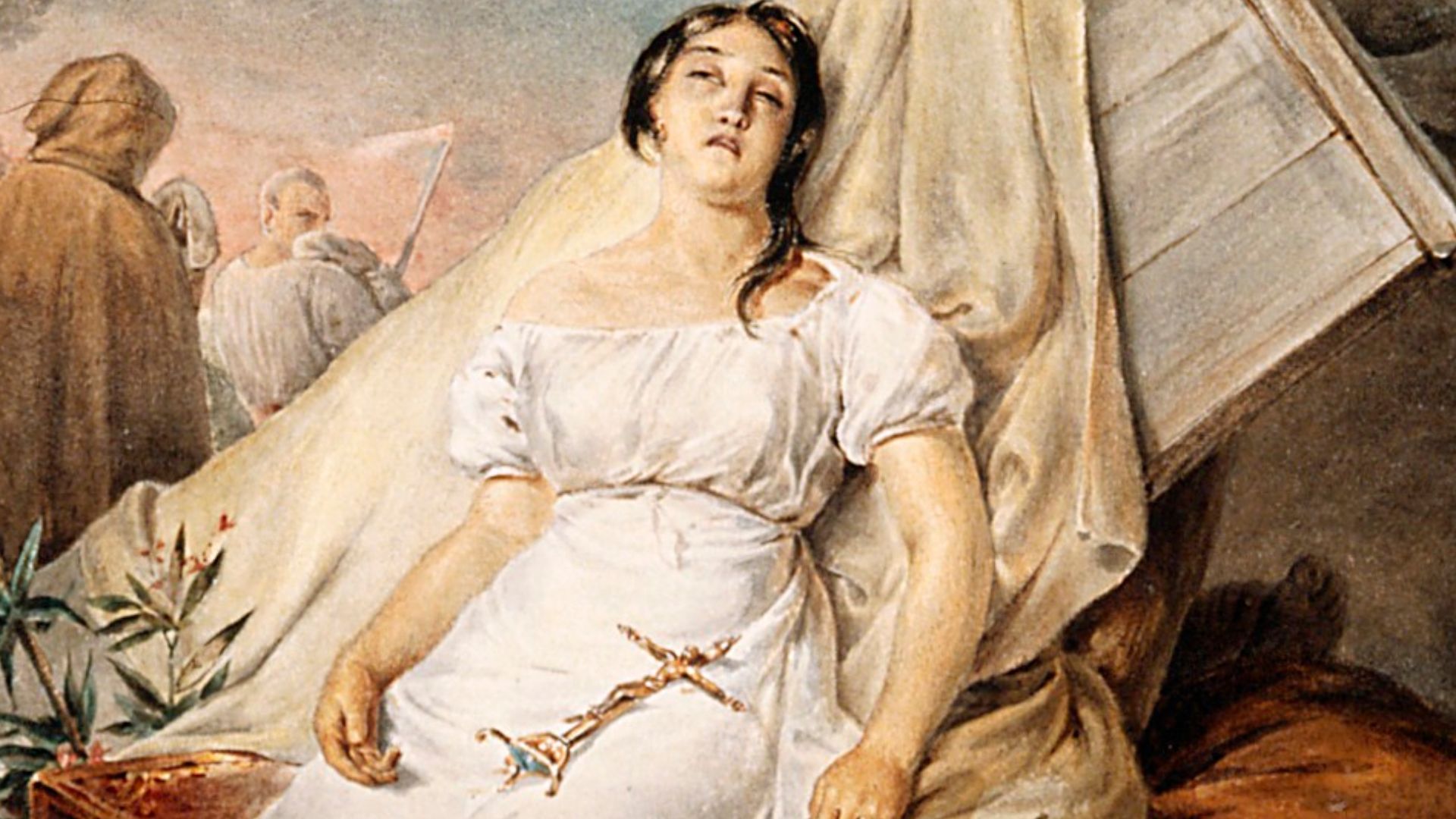
The American Plague: 20 Terrifying Facts About Yellow Fever
The Yellow Plume Of Death. If you're reading this, there's…
By Ashley Bast Oct 20, 2025
20 Beauty Treatments That Wouldn't Fly Today
Beauty Is, In Fact, Pain. As humans have evolved and…
By Breanna Schnurr Oct 20, 2025
20 Scary Stories That Are Based on Real-Life
The Amityville Horror Actually Happened. Scary stories terrify us and…
By Rob Shapiro Oct 20, 2025
10 Forgotten Nobel Prize Winners & 10 We'll Always Remember
For the Greatest Benefit Of Humankind. Establish by Swedish inventor…
By Ashley Bast Oct 17, 2025

